Physical refining of edible oil
- certification: ISO-9001
- handling capacity: 0.5t-30ton/day
- meterial: carbon steel and stainless steel
- warranty period: 1 year
- delivery: a month after deposit
- color: according to customers' requirement
- raw material: crude palm oil, sunflower oil, crude soybean oil etc
Physical refining of edible oils has received renewed interest since the early 1970s when the process was reintroduced on a large scale to refine palm oil in Malaysia. Subsequent laboratory and field tests have also shown that physical refining can be used as a substitute for caustic or chemical refining, not only for high free fatty acid (FFA) oils such as palm, but also on low FFA oils such as soybean oil.
What is physically refining of edible oils?
- Usage: cottonseed oil
- Type: cottonseed oil refinery
- Automatic Grade: Automatic
- Production Capacity: 10T-3000T/D
- Model Number: cottonseed oil refinery
- Voltage: 220V/380V
- Power(W): Accoding to your capacity
- Dimension(L*W*H): Accoding to your capacity
- Weight: Accoding to your capacity
- Certification: ISO9001
Edible oil refining plant technology is divided into physical refining and chemical refining. Physical refining of edible oil: The refining rate of physical refining is high, the loss is small, there is no waste water generated in the production process, and the amount of fatty acid distillate increases, which is suitable for oil with high acid price and low gum;
Chemical Degumming - American Oil Chemists' Society
- Usage: Peanut Oil
- Type: refining machine
- Automatic Grade: Automatic
- Production Capacity: 100%
- Model Number: oil refinery machine
- Voltage: 380V/220V
- Power(W): according to the process capacity
- Dimension(L*W*H): according to the process capacity
- Weight: according to the process capacity
- Certification: CE, ISO
The advantages of TOP are an increase in oil yield from 0.6 to 1 % for TOP + Physical refining compared to chemical refining, and elimination of pollution problems associated with soap stock splitting. The efficiency depends appreciably on the agitation and the type of crude oil.
Physical vs Chemical Refined Edible Oils > Living Smartly
- Usage: Sunflower Oil
- Type: Cold & Hot Pressing Machine, Continuous
- Automatic Grade: Automatic
- Production Capacity: 100-4000TPD
- Model Number: QIYI-40
- Voltage: 380V/440V
- Power(W): 30KW
- Dimension(L*W*H): 1200*2800*1200mm
- Weight: 500Tons
- Certification: CE/ISO
Physical vs Chemical Refining. It depends mainly on the free fatty acid (FFA) content of the oil. If FFA content is very low then physical refining is very useful because by using lesser steam, oil can be refined to the purest form. Physical refining methods do not involve any chemicals or soap stocks to remove the FFA content.
Physical refining of edible oil
- Usage: Edible oil refining equipment
- Type: Small size,tailored to small factory
- Automatic Grade: Automatic
- Production Capacity: 6 T/D
- Voltage: Adjustable
- Certification: ISO CE
Physical refining of edible oil. In either case, the physical refining system results in lower oil loss than chemical refining and also eliminates pollution problems associated with soapstock acidulation. In physical refining, however, the oil pretreatment and efficiency of the distillation are two very important factors that must be considered...

Chemical Degumming - American Oil Chemists' Society
The advantages of TOP are an increase in oil yield from 0.6 to 1 % for TOP + Physical refining compared to chemical refining, and elimination of pollution problems associated with soap stock splitting. The efficiency depends appreciably on the agitation and the type of crude oil.
GET PRICE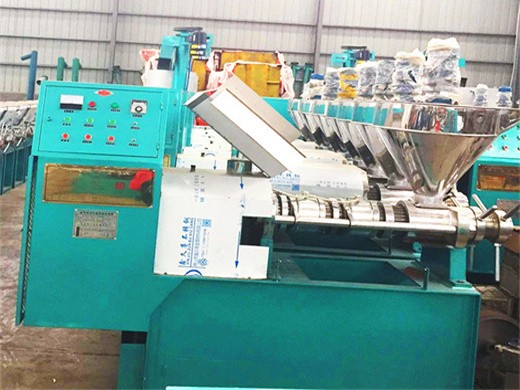
Chemical refining of edible oil__Vegetable oil processing
Refining equipment, including physical and chemical methods of hydration, adsorption bleaching, deodorization, distillation and liquid-liquid extraction, use more equipment. The basic process of oil refining, including: initial net (gross oil purification), degumming, deacidification, bleaching, deodorization, dewaxing, degreasing and so on.
GET PRICE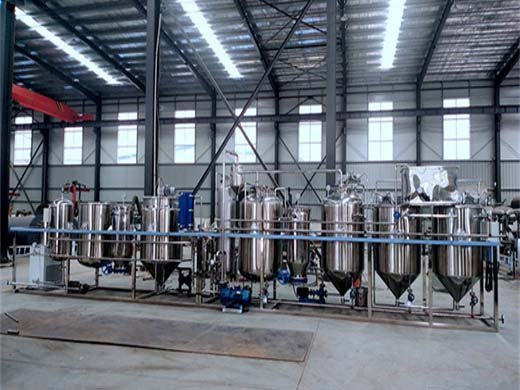
Physical refining process of edible oil, what is physical
The product oil has good stability, and the fatty acid (containing 85% to 90% free fatty acid) directly obtained during distillation is superior to the fatty acid obtained by acid hydrolysis and distillation after alkali refining. Chemical refining and physical refining of edible oil. But physical refining of edible oil there are limitations.
GET PRICE
What is chemical refining of edible oil?_Tech
After neutralizing, the oils will be bleached and deodorized. This chemical refining of edible oil can be used for refining almost all crude vegetable oils except for castor oil. Edible oil chemical refining process. In edible oil chemical refining process, alkali deacidification is the most critical stage, which is the stage leading to the highest loss of neutral oil and the most influential stage on refined oil quality.
GET PRICE
Physical refining and chemical refining of edible oil
Chemical Refining In Chemical Refining, Vegetable Oil is treated with caustic lye for separation of free fatty acids from oil. This is a conventional process that can be applied to all oils. A byproduct of alkali refining is soapstock, which is used for manufacture of low quality washing soap.
GET PRICE
Physical Refining VS Chemical Refining for Edible Oil
Differences Physical Refining VS Chemical Refining for Edible Oil · The major difference amid chemical and physical refining lies in the chemical process . In chemical refining, neutralization occurs in such a way that it removes free fatty acids and reduces its content as well as the content of carbohydrates, oxidation products of free fatty acids, and parts of the pigments and traces of metals.
GET PRICE
Edible Oil Fat Refining - IPS Engineering
Excellent experience gained over the last years on Edible oil refining and ... In refining , physical and chemical processes are combined to remove undesirable components ... of clay for each vegetable oil. Concerning yield, the oil retention, depends on type of oil, bleaching agent and can ...
GET PRICE
Basics of Alkali Refining of Vegetable Oils
Alkali Refining: Plant Design Crude oil dosation. The capacity of the plant is adjusted by a speed controlled crude oil pump in combination with a massflowmeter. A pre-strainer is installed to protect the pump and following equipment . The oil temperature is adjusted with a heat exchanger by means of steam.
GET PRICE
The difference between physical refining and chemical
Physical refining and chemical refining process flow chart. Physical refining of edible oil is purely physical of degumming, deacidificaton, decolorization and deodorization, without any chemical reaction. Chemical refining of edible oil will use some alkali liquor to neutralize the acid in crude oil.
GET PRICE
Physical and chemical cooking oil refinery machine
The Physical Refining process is possibly the most important step in cooking oil refinery machine and is aimed at creating a fatty acid free, odourless product with a very light hue and very stable against oxidization.Chemical Cooking Oil Refinery Machine is performed in order to remove the fatty acids from the crude oil that is extracted from the seeds.
GET PRICE
Acid oils from chemical refining for feed
products acid oils and deodistillates. Such type of refining is often referred to as chemical refining. 2) Free fatty acids can also be removed from the oil by vacuum steam distillation alone, hence by skipping the alkali treatment. This renders as by-product fatty acid distillates. This is often referred to as physical refining. See the flow charts in the Annex.
GET PRICE
Physical Refinery - Mectech
Sun Flower Oil Refining Plant Soybean Oil Refining Plant corn germ Oil Refining Double Scrubbing Castor Oil Derivatives Plant Groundnut Oil Refining Hazelnut Oil Refining Refining Of Canola Oil Refinery Process. Vegetable Oil Refining Plant Continuous Bleaching Continuous Deodorization
GET PRICE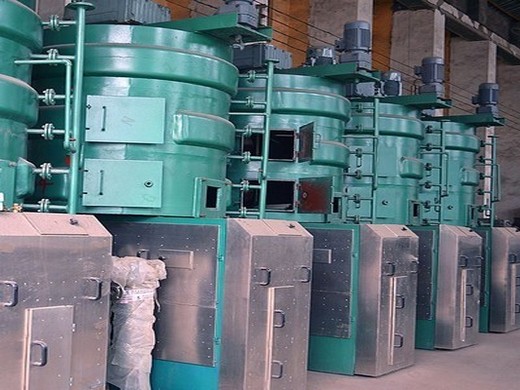
Physical Refining VS Chemical Refining for Edible Oil
Vegetable oil refining process is further segregated into two major processes i.e. physical and chemical.Edible oils and fats are refined for the purpose of removing free fatty acids (FFA) and other impurities in order to make it fit for human consumption while maintaining its nutritional value.
GET PRICE
Physical refining of edible oils - ResearchGate
Chemical refining is still the most important and generally practiced method in the edible oil refining indus- tries, although it causes a large quantity of industrial waste- water and high ...
GET PRICE
Chapter 5 : Processing and refining edible oils
A prerequisite for physical refining is that phosphatides be removed to a level below 5 mg phosphorus/kg oil. In the classic refining process, this level is easily achieved during the neutralisation stage, but special degumming processes may be required for physical refining of high-phosphatide seed oils.
GET PRICE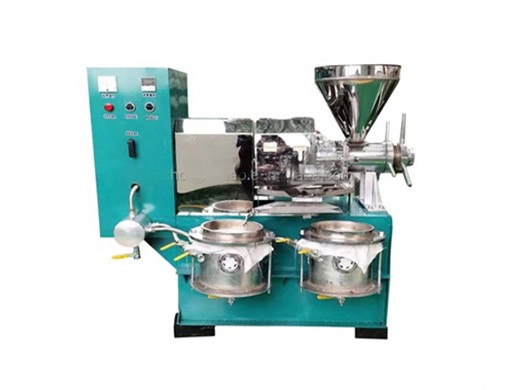
The physical palm oil refining process from crude palm oil
As crude palm oil is with low gums and high free fatty acid content, for refining CPO, the physical palm oil refining process is more suitable, which can make FFA was completely removed.
GET PRICE
Physical refining of edible oils
The method described for physical refining of rapeseed oil involves several novel factors, including the availability... Physical refining of edible oils offers several advantages over alkali refining.
GET PRICE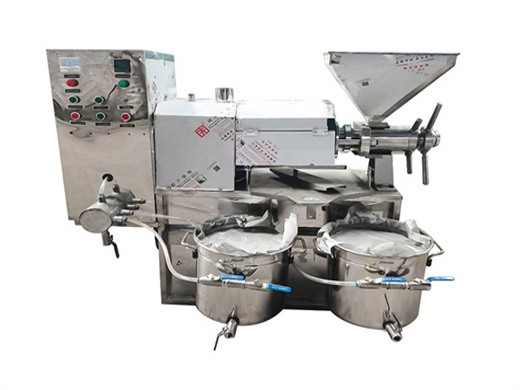
Physical refining of edible oils - ResearchGate
Chemical refining is still the most important and generally practiced method in the edible oil refining indus- tries, although it causes a large quantity of industrial waste- water and high ...
GET PRICE
Physical refining and chemical refining of edible oil
Chemical Refining In Chemical Refining, Vegetable Oil is treated with caustic lye for separation of free fatty acids from oil. This is a conventional process that can be applied to all oils. A byproduct of alkali refining is soapstock, which is used for manufacture of low quality washing soap.
GET PRICE
Physical refining process of edible oil, what is physical
Chemical refining and physical refining of edible oil. But physical refining of edible oil there are limitations. Chemical refining of edible oil is almost always available for all edible oils. Physical refining of edible oil does not suitable for all crude edible oil. It is suitable for the refining of low gum and high acid fats.
GET PRICE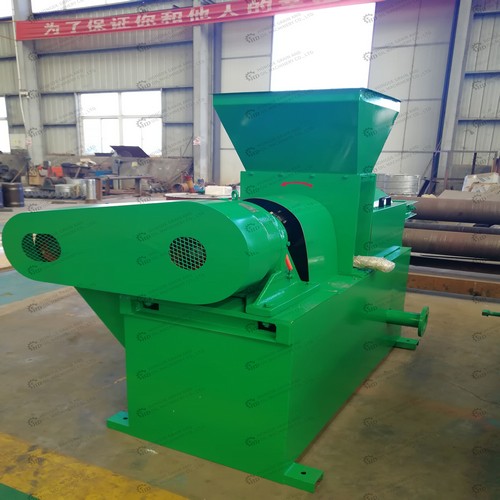
The difference between physical refining and chemical
Physical refining of edible oil is purely physical of degumming, deacidificaton, decolorization and deodorization, without any chemical reaction. Chemical refining of edible oil will use some alkali liquor to neutralize the acid in crude oil. When the crude oil is with high acid value, it is often used. Sometimes, physical refining and chemical refining methods will be used simultaneously according to the quality of the crude oil. As for which refining technology is better, it depends on ...
GET PRICE
Physical And Chemical Refining
The Physical Refining process is possibly the most important step in Edible Oil Refining and is aimed at creating a fatty acid free, odourless product with a very light hue and very stable against oxidization. The simplest and most economical way to execute physical refining is to pass the oil through a serious of compartments intermittently placed horizontally and vertically while subjecting ...
GET PRICE











